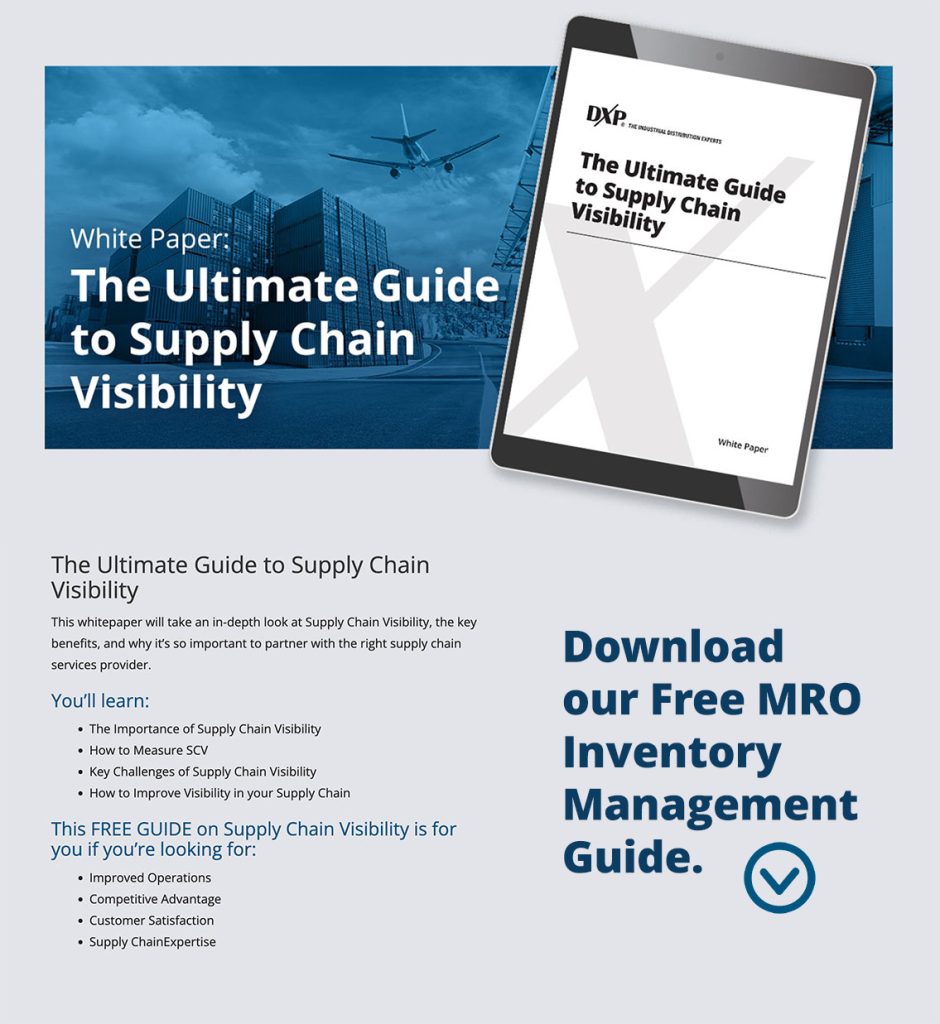
OSHA Compliance Is Only the First Step in Heavy Industry Safety
An entire industry revolves around helping businesses comply with their OSHA safety requirements. When Congress originally approved the Occupational Safety and Health Act (OSH Act) in 1970, its ultimate goal was to achieve safe working conditions for every working American.
Over the intervening years, the federal Occupational Safety and Health Administration (OSHA) and its state counterparts have adopted extensive rules and regulations intended to reach that goal.
OSHA Is Not the Final Word on Safety
Like many bureaucratic processes, OSHA rulemaking has been a mixed bag of rigorous process and political horse-trading. As a consequence, OSHA rules should be thought of as a safety baseline, rather than an optimal solution. The regulations can be complex, either because they require highly specific technical solutions to a particular hazard, or because they are vaguely worded.
A good example of vagueness is the catch-all “general duty clause,” which requires employers to provide a workplace that is “free from recognized hazards that are causing or are likely to cause death or serious physical harm.”
Failing to comply with OSHA rules exposes a business to civil penalties at best, and criminal prosecution in serious cases. Violations also invite regulatory inspections, orders to correct problems, and a series of follow-ups during which the business may need to interrupt its operations. Compliance is, therefore, an important obligation.
The True Value of Going Beyond OSHA Compliance
Many of DXP’s customers are in heavy industry, where workplace safety is of paramount importance. Working around large moving equipment, extreme temperatures, or dangerous materials invariably raises OSHA compliance issues. But compliance is rarely enough to capture the full scope of a specific industrial environment’s potential hazards.
Rather than taking OSHA rules as the final word on safety, employers should invest in a more detailed review of the physical and procedural sources of potential risk at their operations. There are several reasons why this is true.
Above All, Safety
Although OSHA rules are intended to ensure a safe working environment, the reality is that compliance might not be enough to achieve the goal sought by every responsible employer: a consistent, zero-incident safety record.
Insurance Savings
Workers’ compensation insurance can be a significant source of costs for businesses working in dangerous industries. Establishing robust safety procedures and a low incident rate should improve the company’s bottom line.
Improved Morale
Investing in safety can have surprising benefits across a company’s workforce. In part that’s because everyone has a role to play, from junior employees on the shop floor to senior executives. Developing or improving your safety culture lets employees know the company cares about them. This gives them an empowering sense of ownership over their working environment.
DXP Is Your Safety Expert
DXP is proud to provide comprehensive safety consulting services to businesses around the world. Our team knows OSHA rules inside and out, but we also go further to identify the specific risk elements that our customers need to address to achieve optimal safety results.
Contact DXP today to learn more about how we can take your business’s safety practices to the next level.

